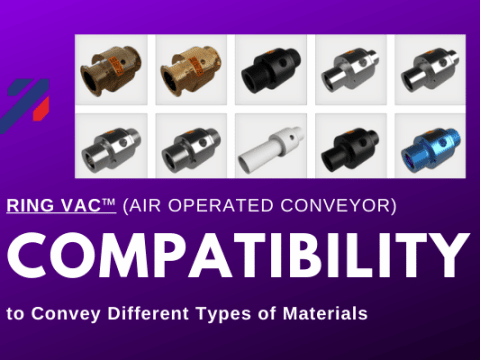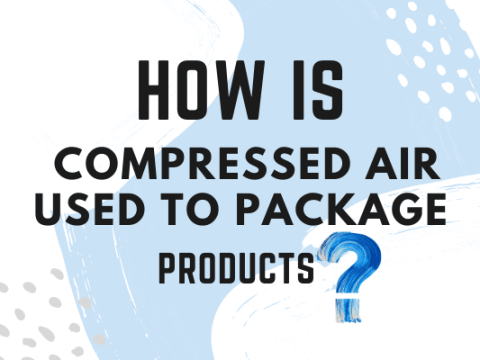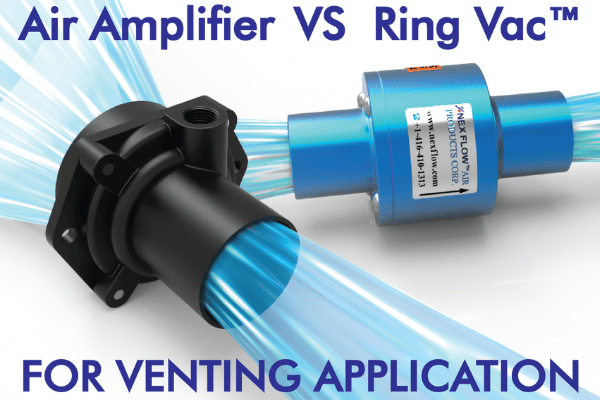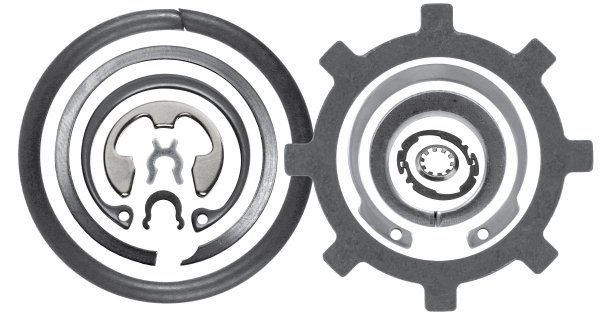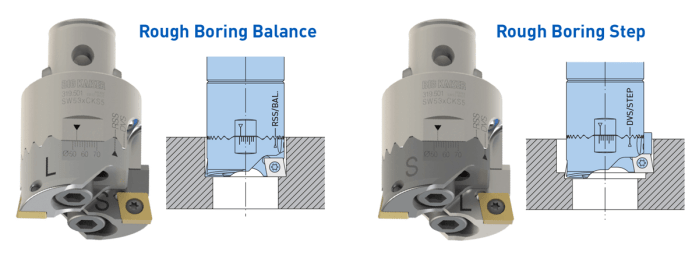why static makes cleaning hard
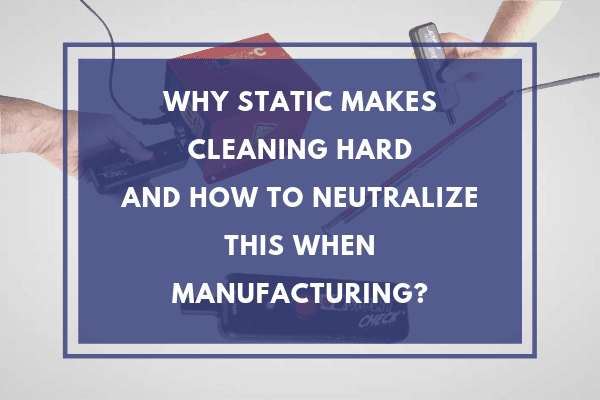
Static electricity is an imbalance between positive and negative charges in materials. Most people have experienced it in everyday life whether it be with their laundry being “clingy,” making a balloon stick to a wall after rubbing it on your clothes, or when walking with socks on the carpet and getting a small shock from the doorknob. All objects are made up of atoms which have positive and negative charges, like charges repel each other (positive-positive, or negative-negative), while opposite attract each other (positive-negative).
Static attraction and Repulsion
Static electricity is a result of an imbalance between positive and negative charges when two objects or materials come into contact. The surface electrons (charges near the surface of the object) try to balance each other while the two surfaces are together. Let’s say there’s object A and object B. When object A and object B are touching, “A” gives up electrons and becomes more positively charged while “B” collects the extra electrons and becomes more negatively charged. When the two materials are separated, an imbalance occurs with the surface of “B” having a surplus of electrons and the surface of “A” having a shortage of electrons. These charges build up when they don’t have a direct path to the ground, and can eventually build up enough to cause a spark to a nearby grounded or less charged object in an attempt to balance the charge.
In various industries – this can cause issues with static charge knocking out sensitive electronics near the statically charged area, cause curling in plastic web processes that can cause jamming of machinery, or charged materials attracting dirt causing cleanliness issues in packaging, coating and painting operations. It can also be a nuisance and even a danger to personnel if being subjected constantly to static charges, especially if the charges are high.
Static charge is best eliminated just before the problem created by the plastic occurs. For example, if the problem is dirt on a part, it is best to eliminate the static “before” the dirt is attracted to the part. Sometimes it is not always possible to do that in which case the dust must then be removed. In such cases you can use an anti-static devices coupled with a compressed air operated air knife or air amplifier (ionizer bar in the case of an air knife and spot ionizer in the case of on amplifier). These products “ionizes” the air from the blow off units that bombard the statically charged surface with alternating positive and negative ions, which combines with the opposite charge on the surface of the part thereby eliminating the static charge. This makes it easier to blow off the dust. Nex Flow examples would be the Air Blade Ionizer and the Ion Blaster Beam. Normally dust can be blown off but if sticky, the force may not be enough and wiping may be necessary. Blower systems can also blow off dust but they need much higher volume and stronger ionizing systems due to turbulence. (Compressed air systems provides laminar flow and work better with ionizers).
When the problem is not dirt, and the anti-static device can be close to the problem area, no blow off or air is needed, only the anti-static device itself. Today the most common static removal technology is still AC technology. Normally, these static removing devices need to be very close to the part unless air is supplied which allows it to be a bit further away (and of course can also clean). Nex Flow also has an extra powerful AC ionizer for longer distance mounting and also if the static charge is extremely high for better static elimination. There are also now DC systems which operate farther away than AC systems from the target. They are also effective in blow off and cleaning of statically charged parts.
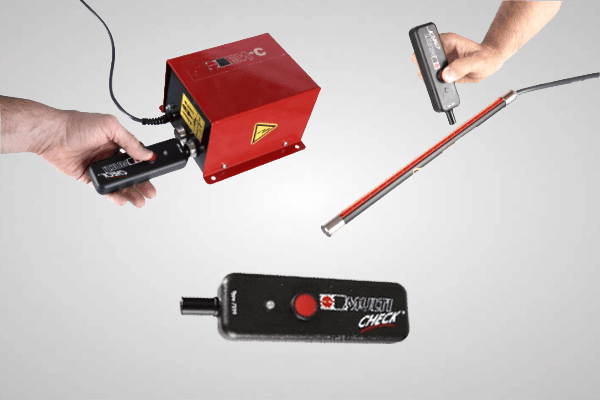
Two measurement devices are important when trying to control static electricity. One is a voltage measuring device such as the Multicheck which indicates if there is adequate voltage at the “pins” on the ionizer which generate the static removing ions. This will confirm if the static removal system is working. If the voltage is below the normal level it could be from either dirt buildup on the device and cleaning is necessary or there is damage somewhere in the system. The other is a static meter. Nex Flow has a lower cost and a more accurate higher cost version depending on the needs of the particular application. The static meters measure the static charge on the part before and after application of the static removal action. This will indicate if the system works as required.
Nex Flow has many years of experience in static control and can address any application where static may be causing issues in production, safety and/or cleanliness.


